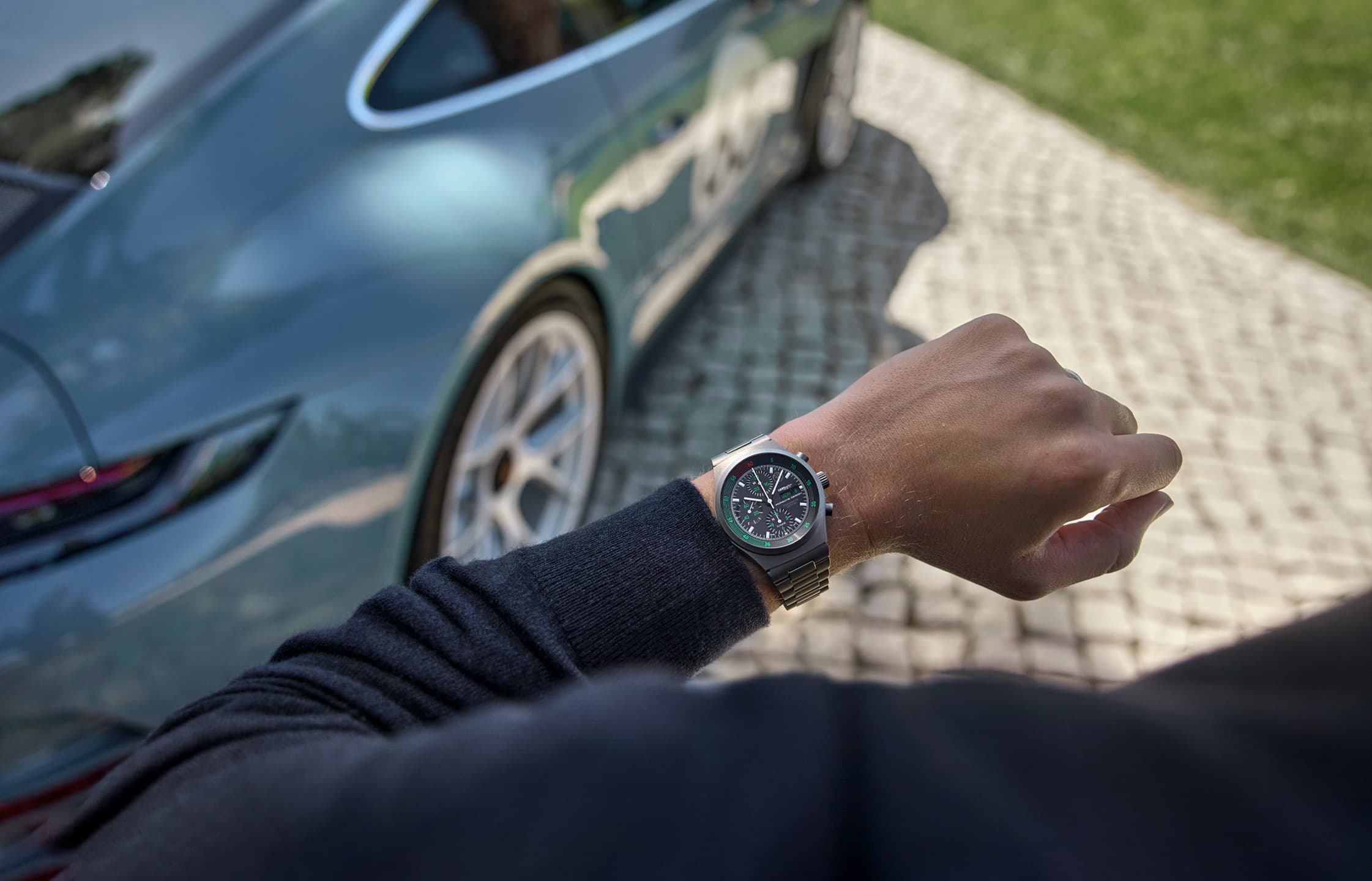
Porsche owners only. Exclusive Vehicle Watches.
Porsche Design Timepieces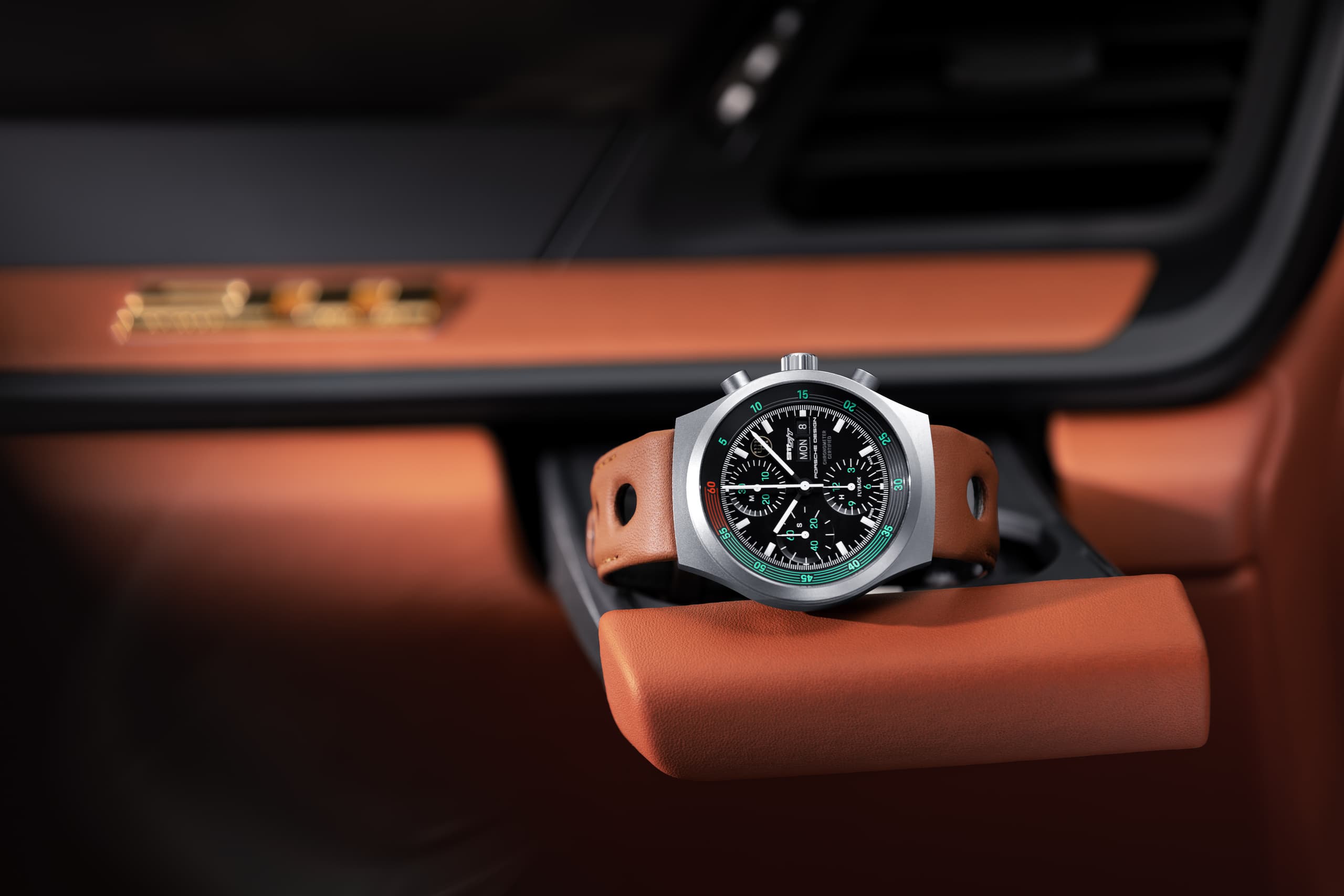
I proprietari di modelli GT, di modelli speciali o di modelli Exclusive manufaktur possono avere il loro cronografo Porsche Design personalizzato, realizzato in esclusiva per la loro auto sportiva. Le caratteristiche inconfondibili del rispettivo modello Porsche vengono incorporate e trasferite al design, al materiale e alla colorazione del cronografo. Gli orologi sono limitati al numero massimo di veicoli, sono acquistabili esclusivamente dai proprietari di questi veicoli e vengono prodotti nella manifattura interna in base agli ordini dei clienti.
Scoprite gli esclusivi orologi per veicoli
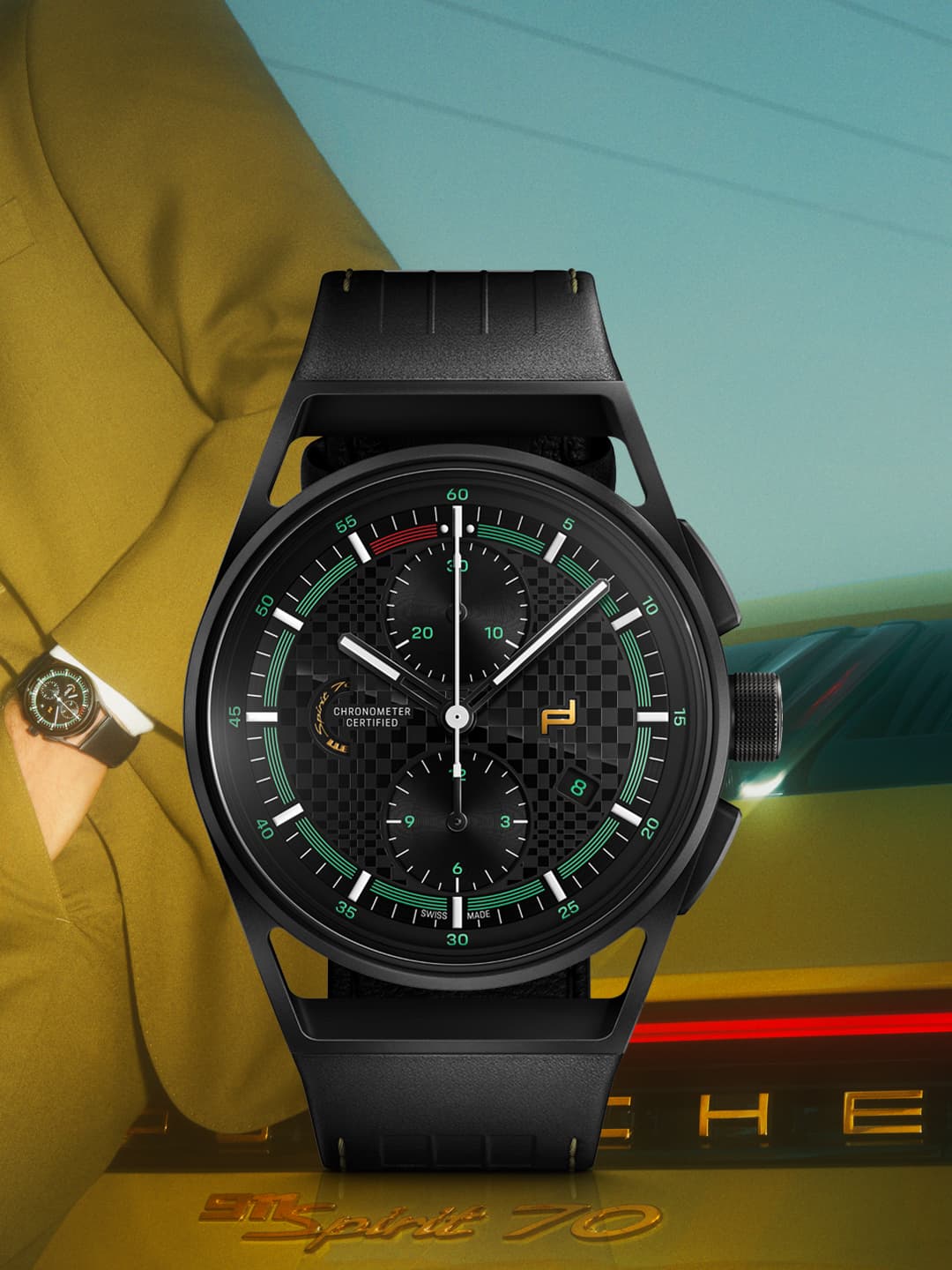
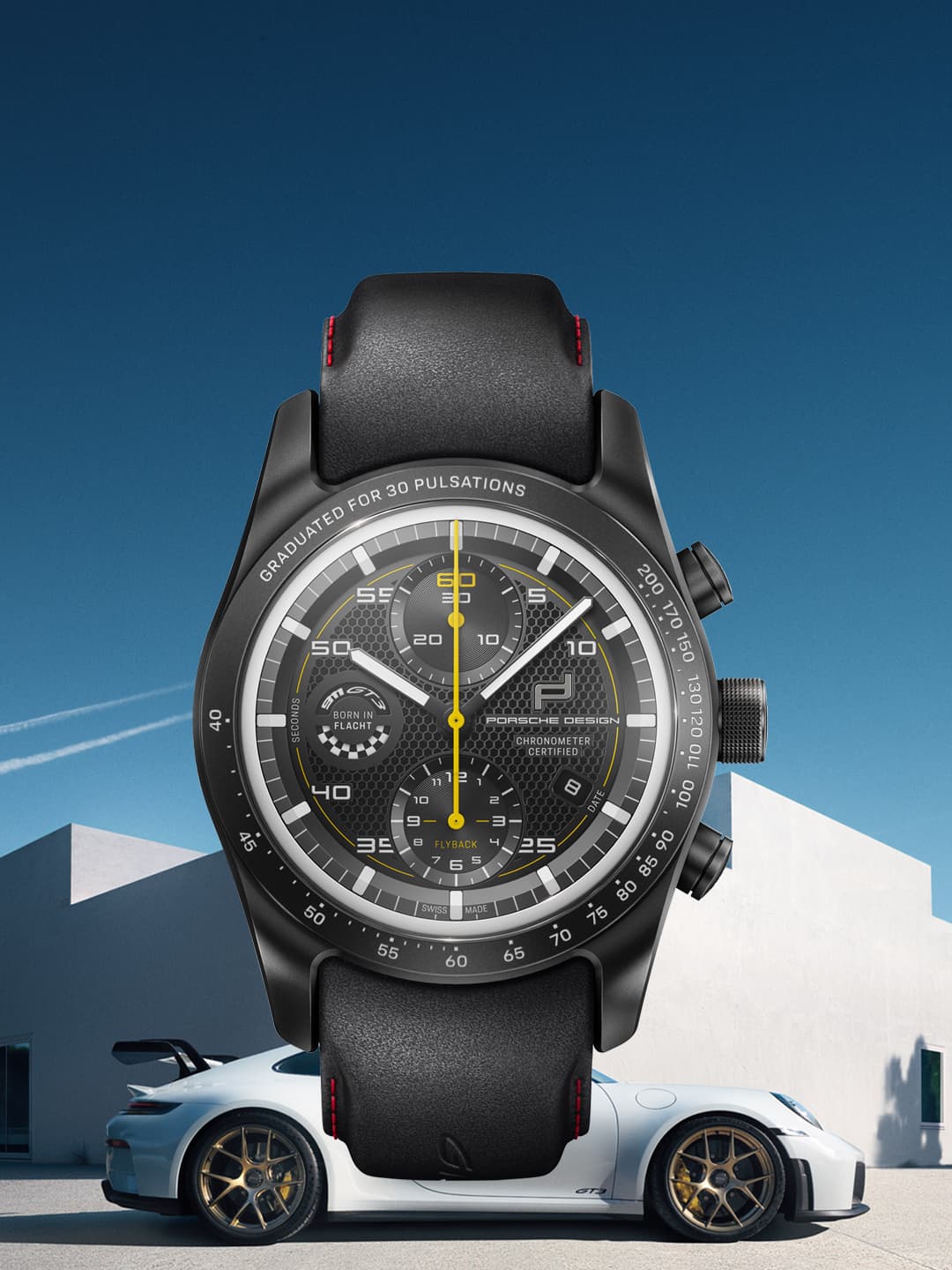


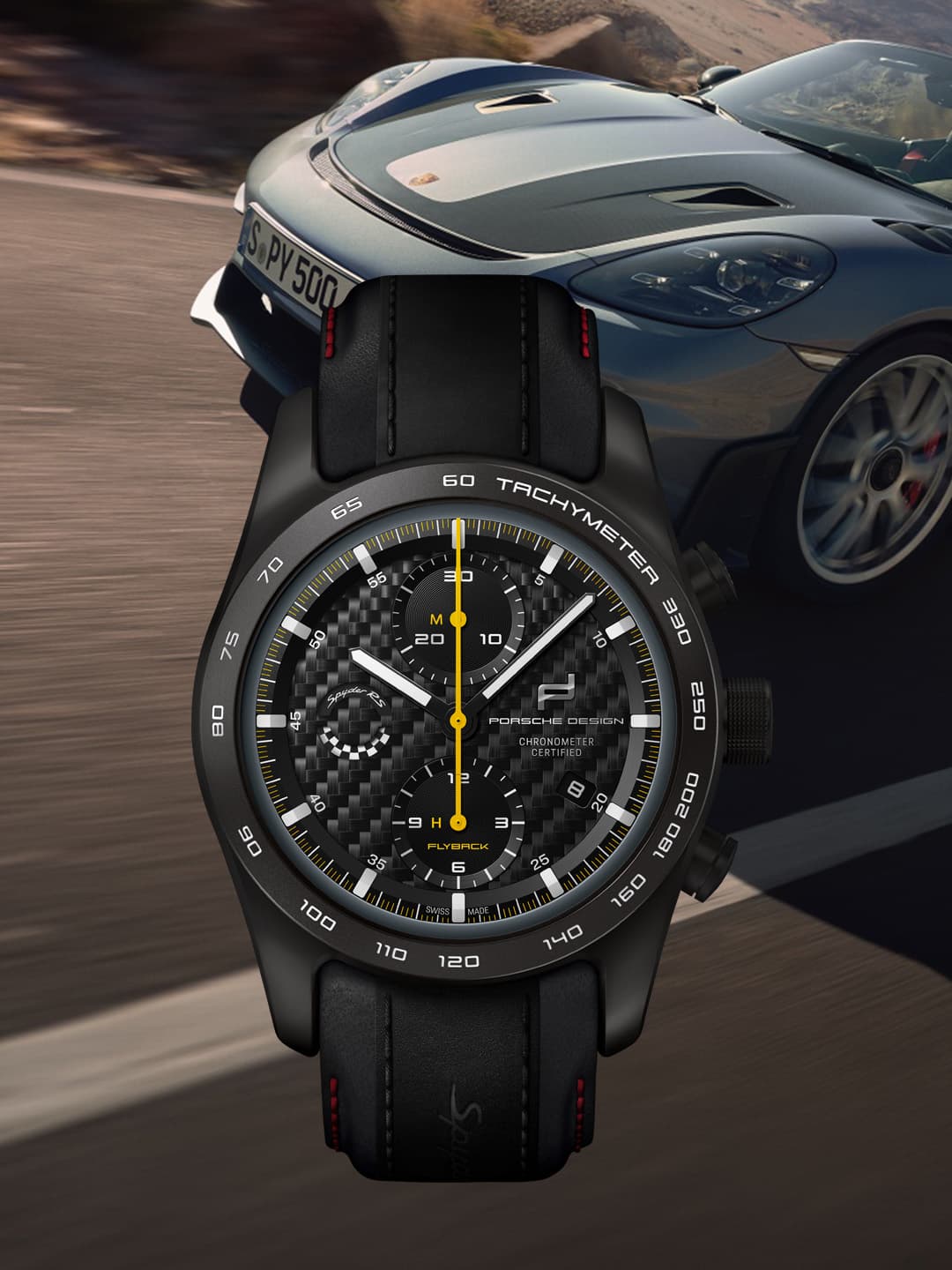
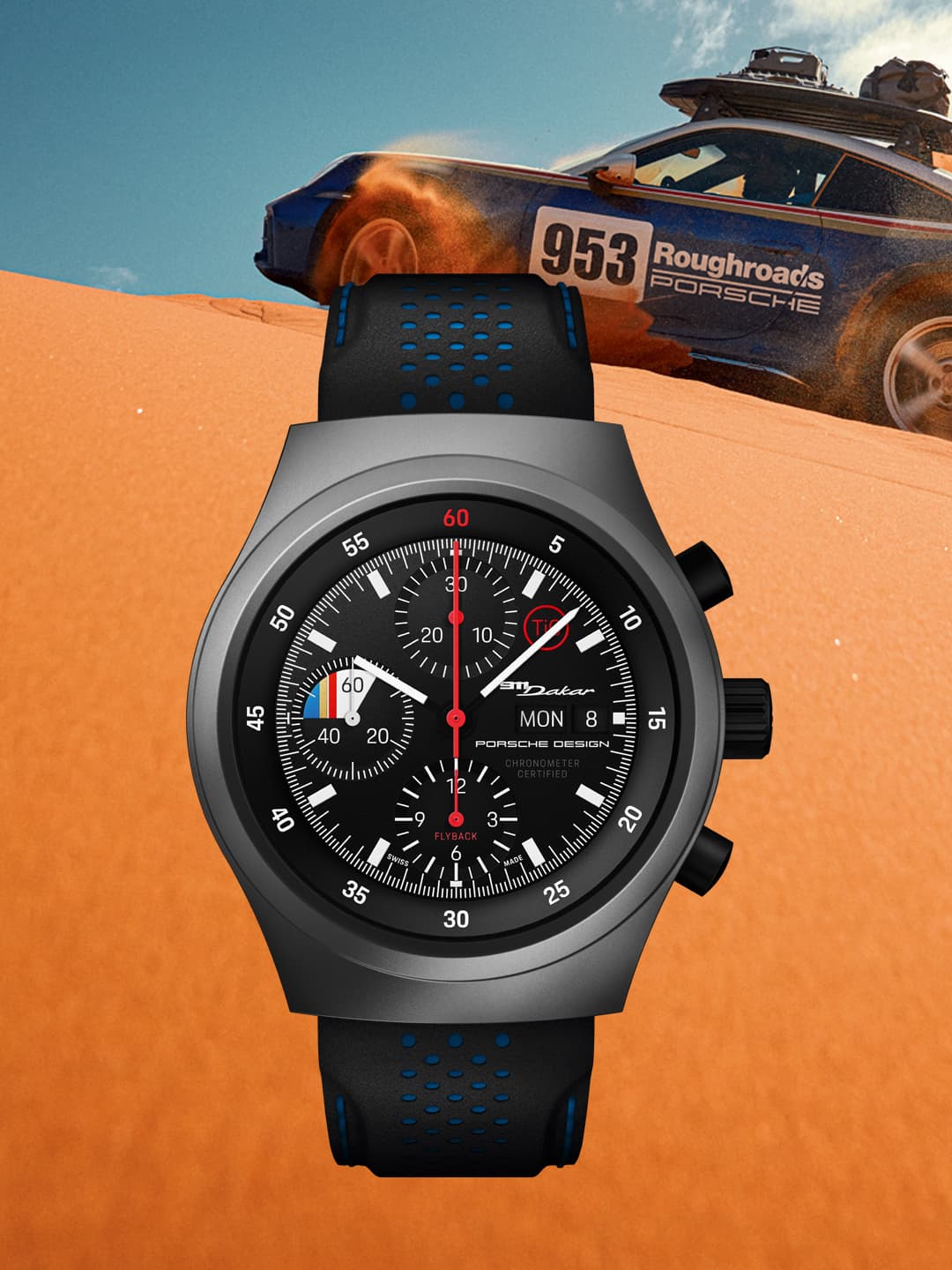
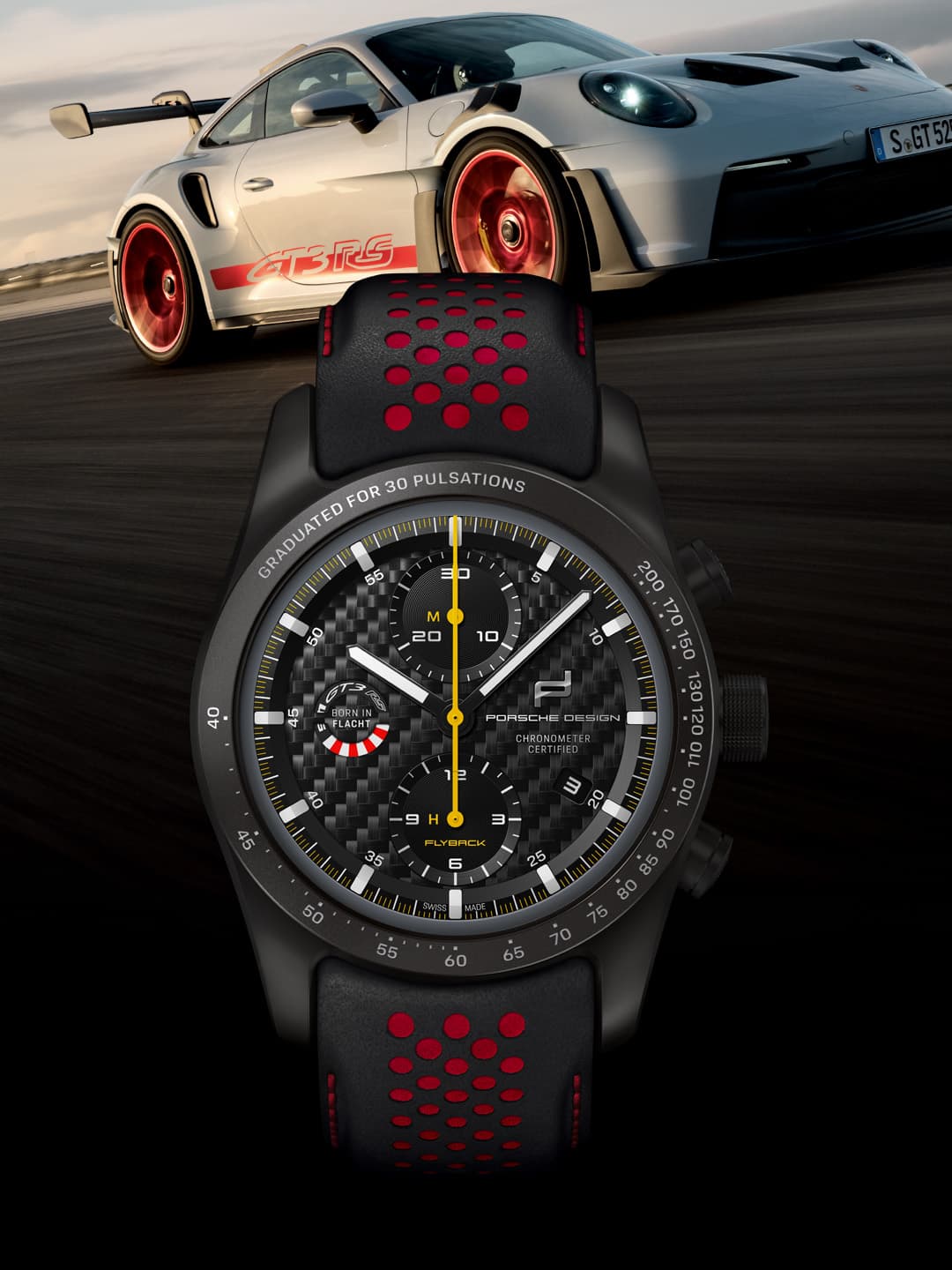
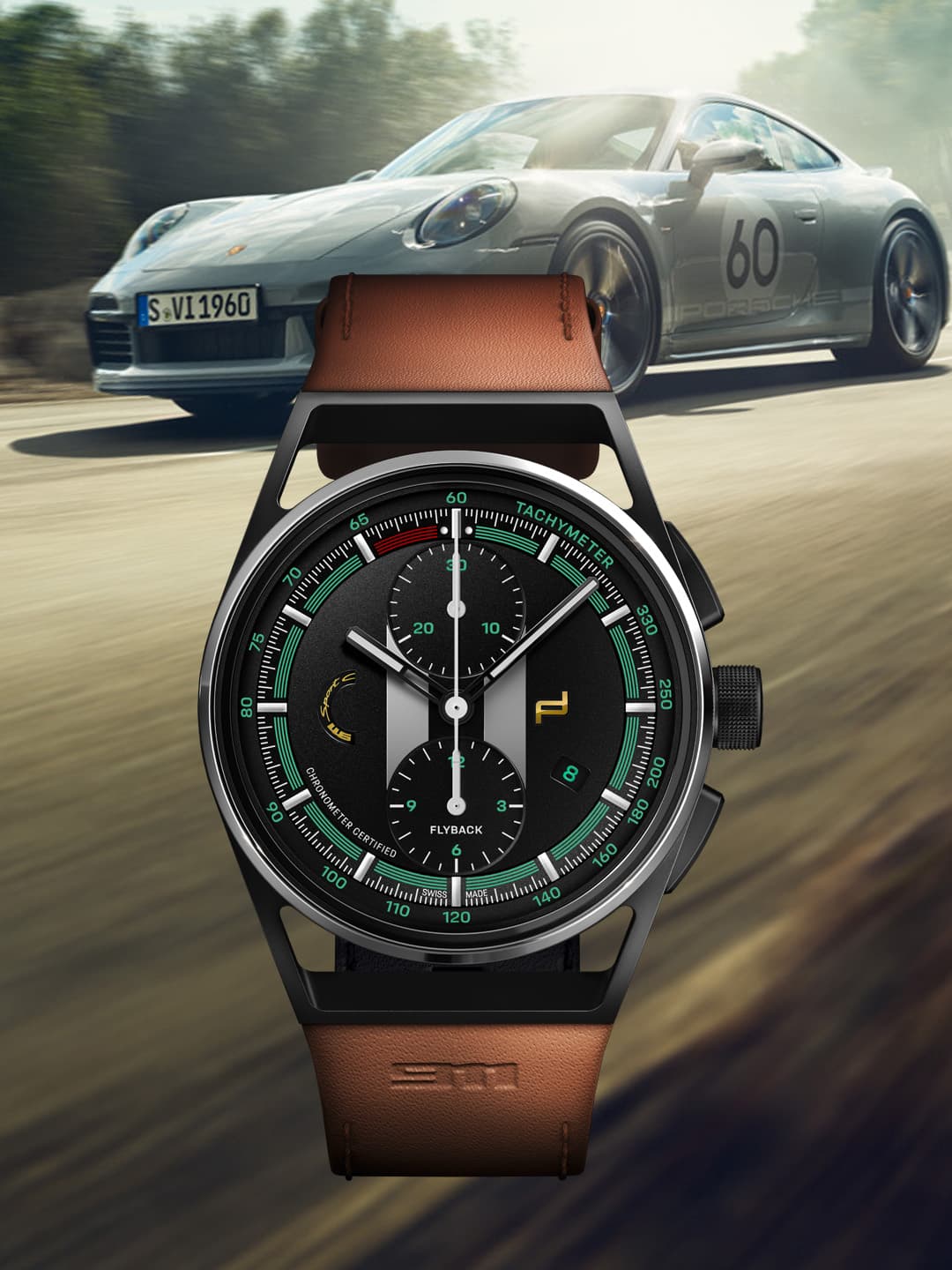
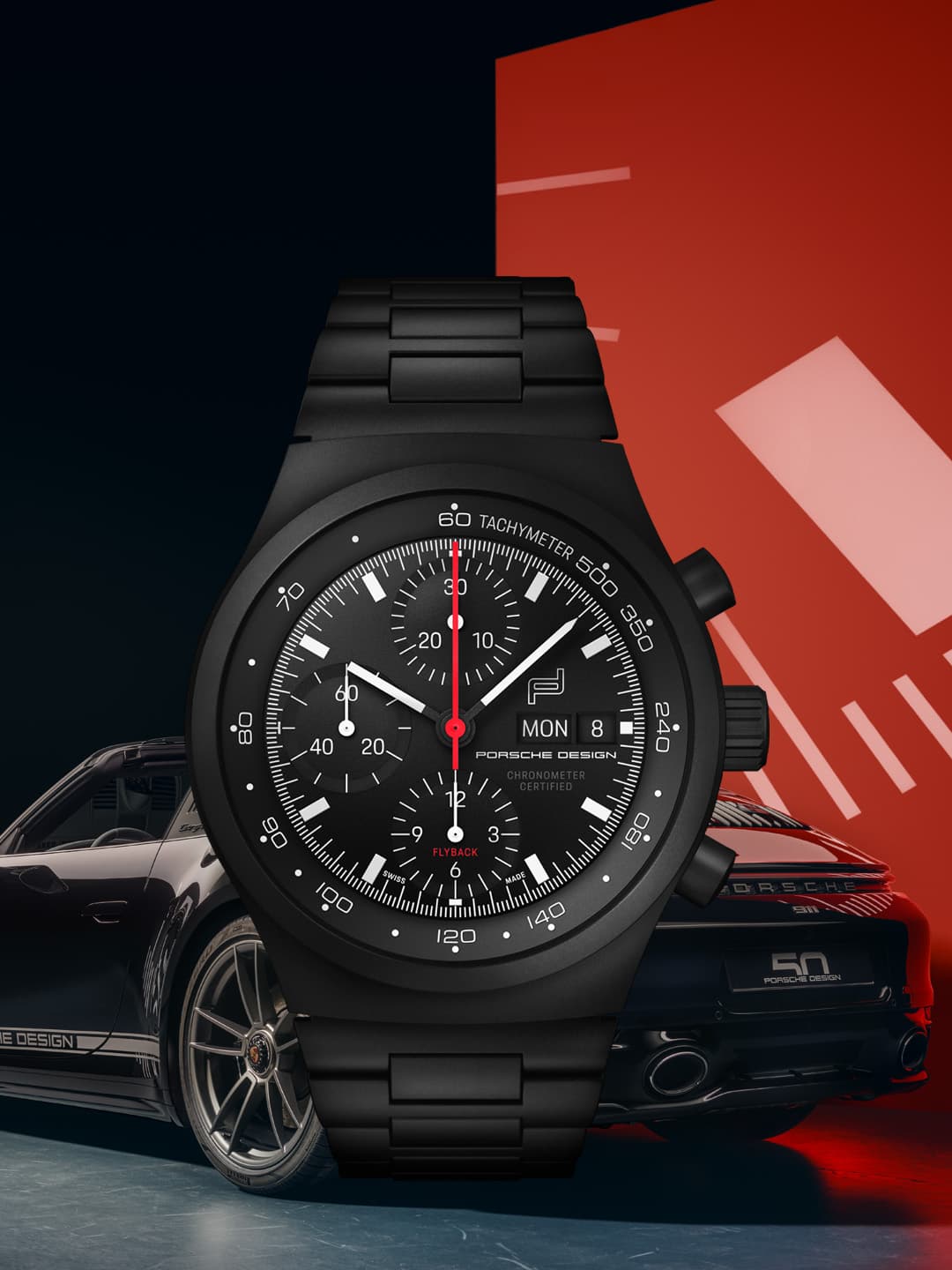
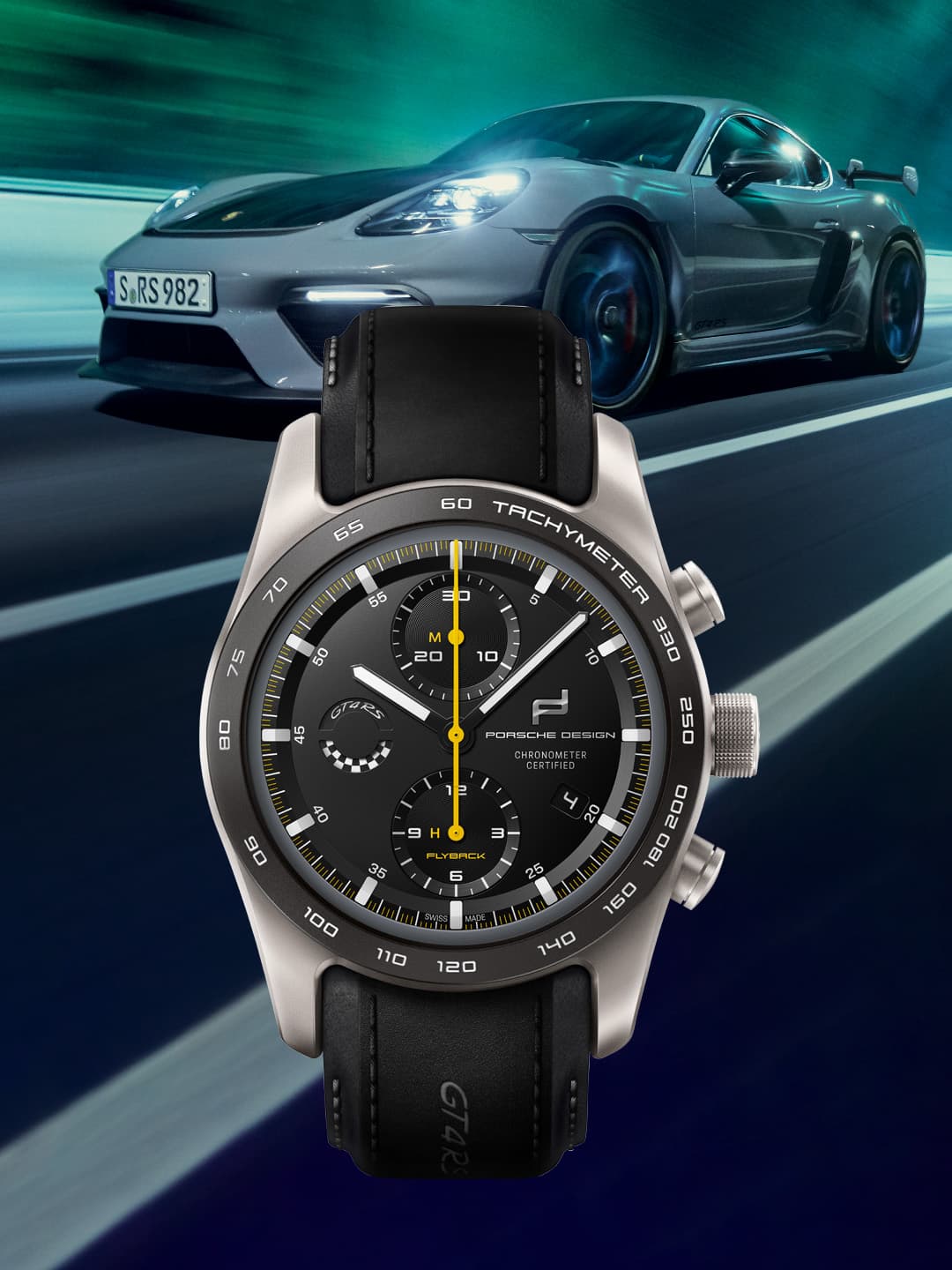
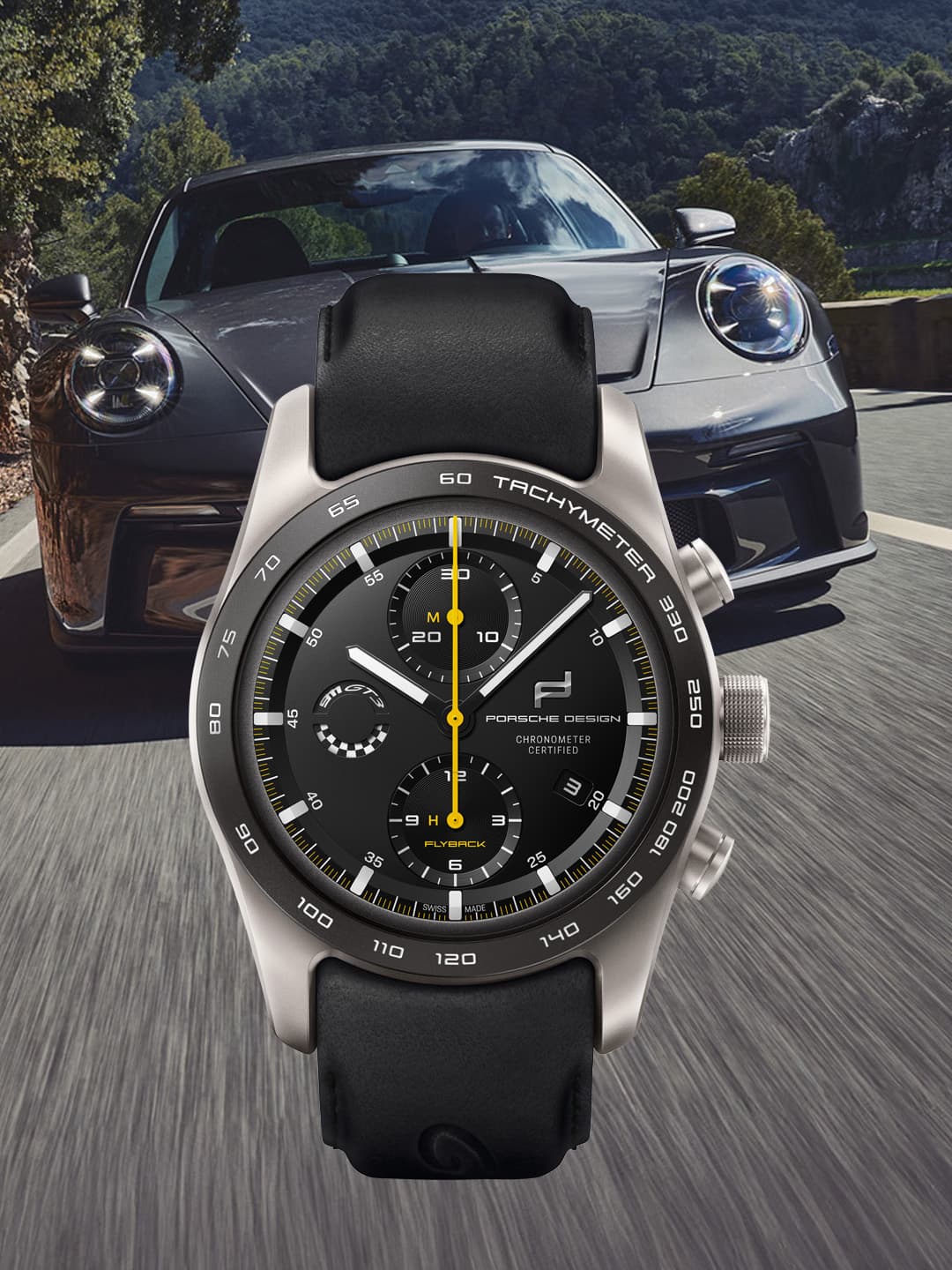
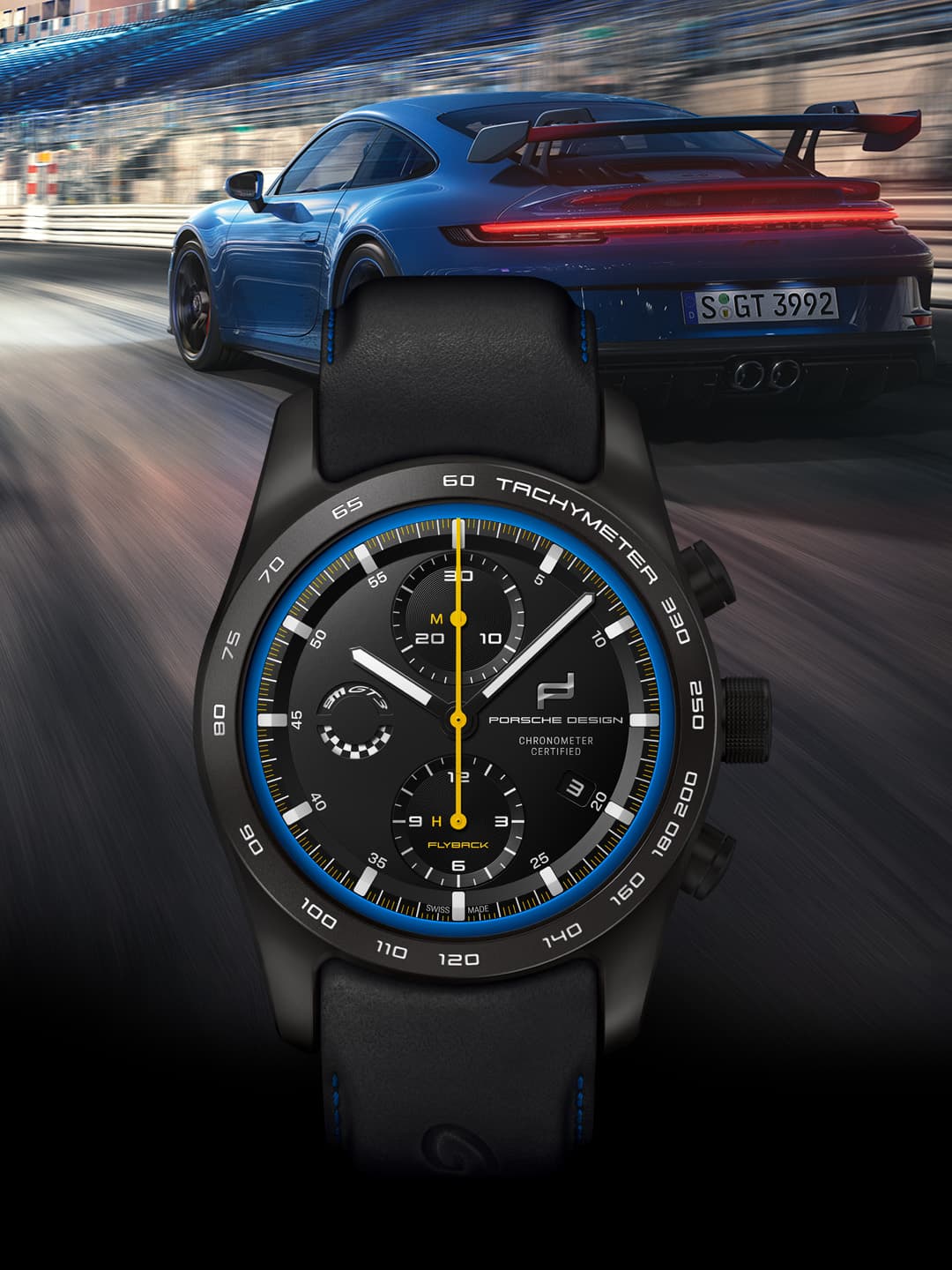

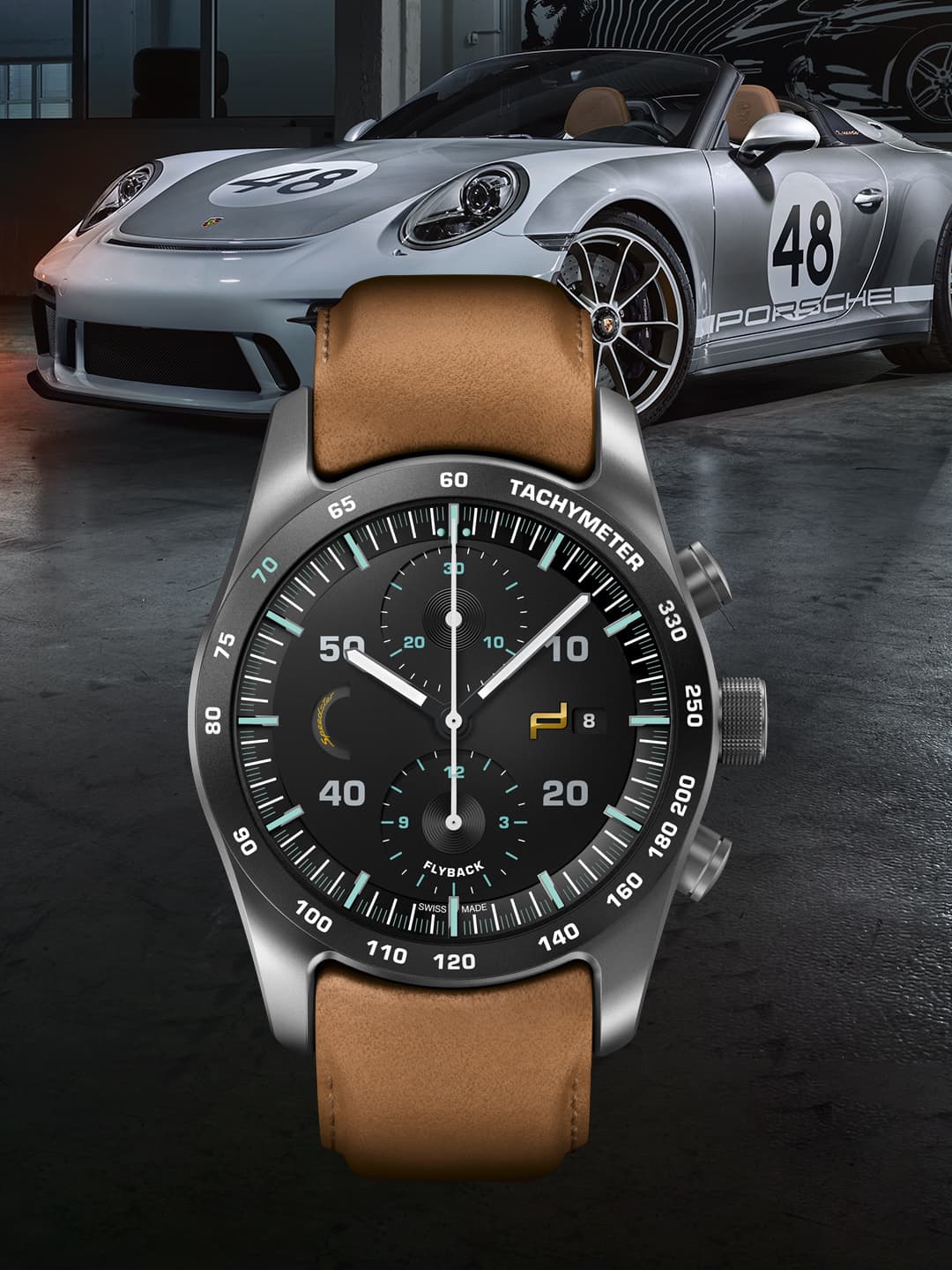
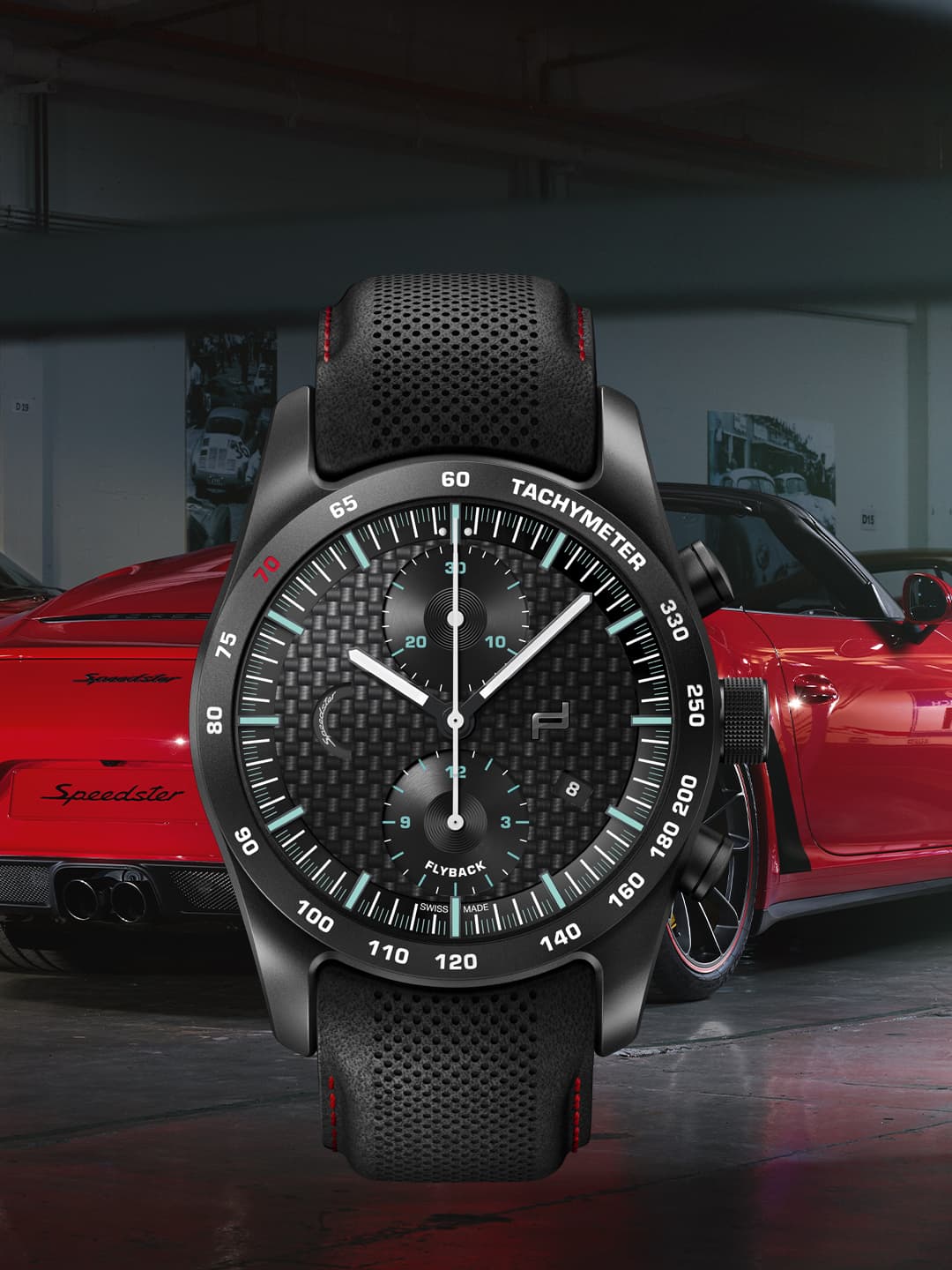
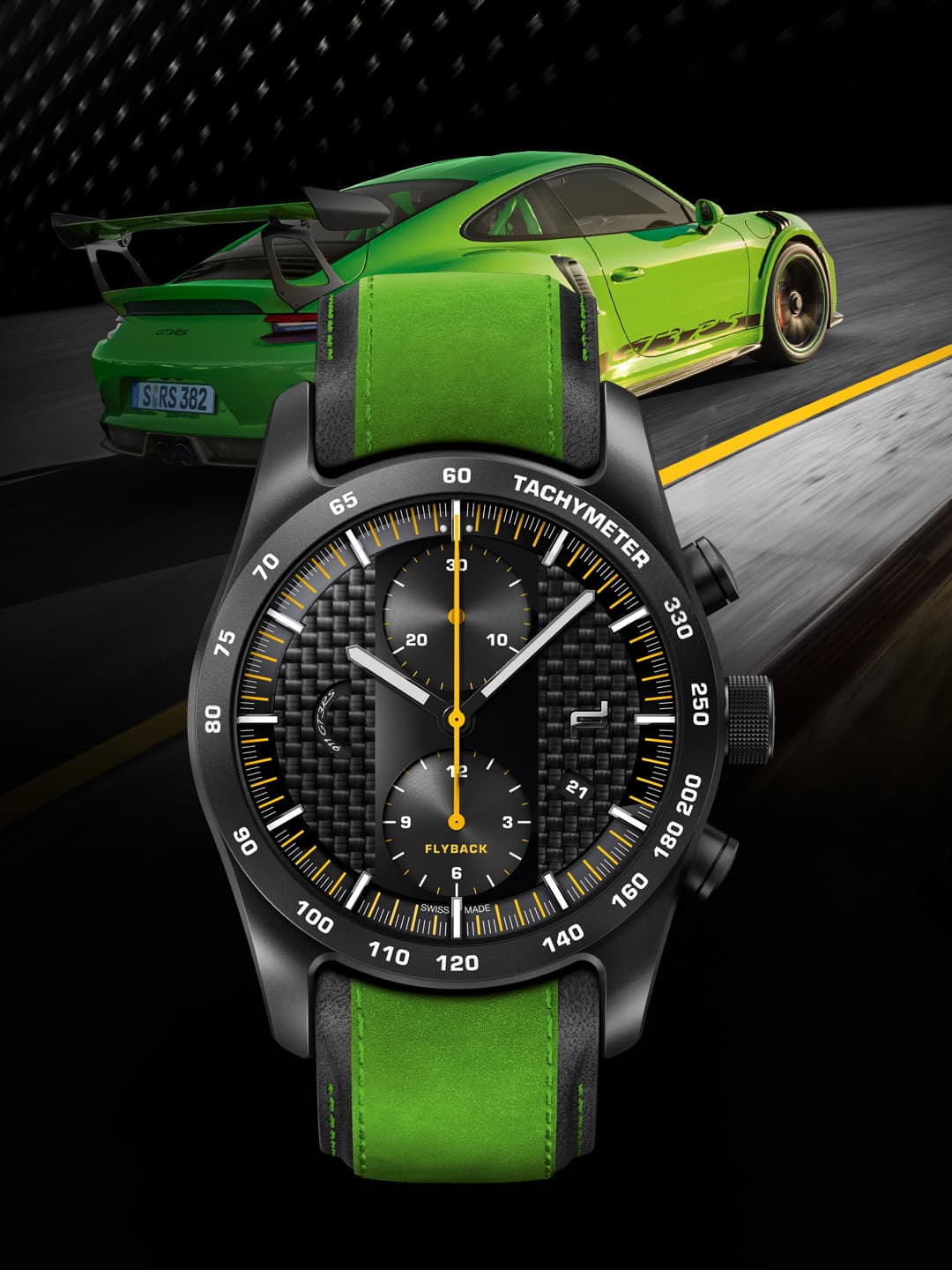
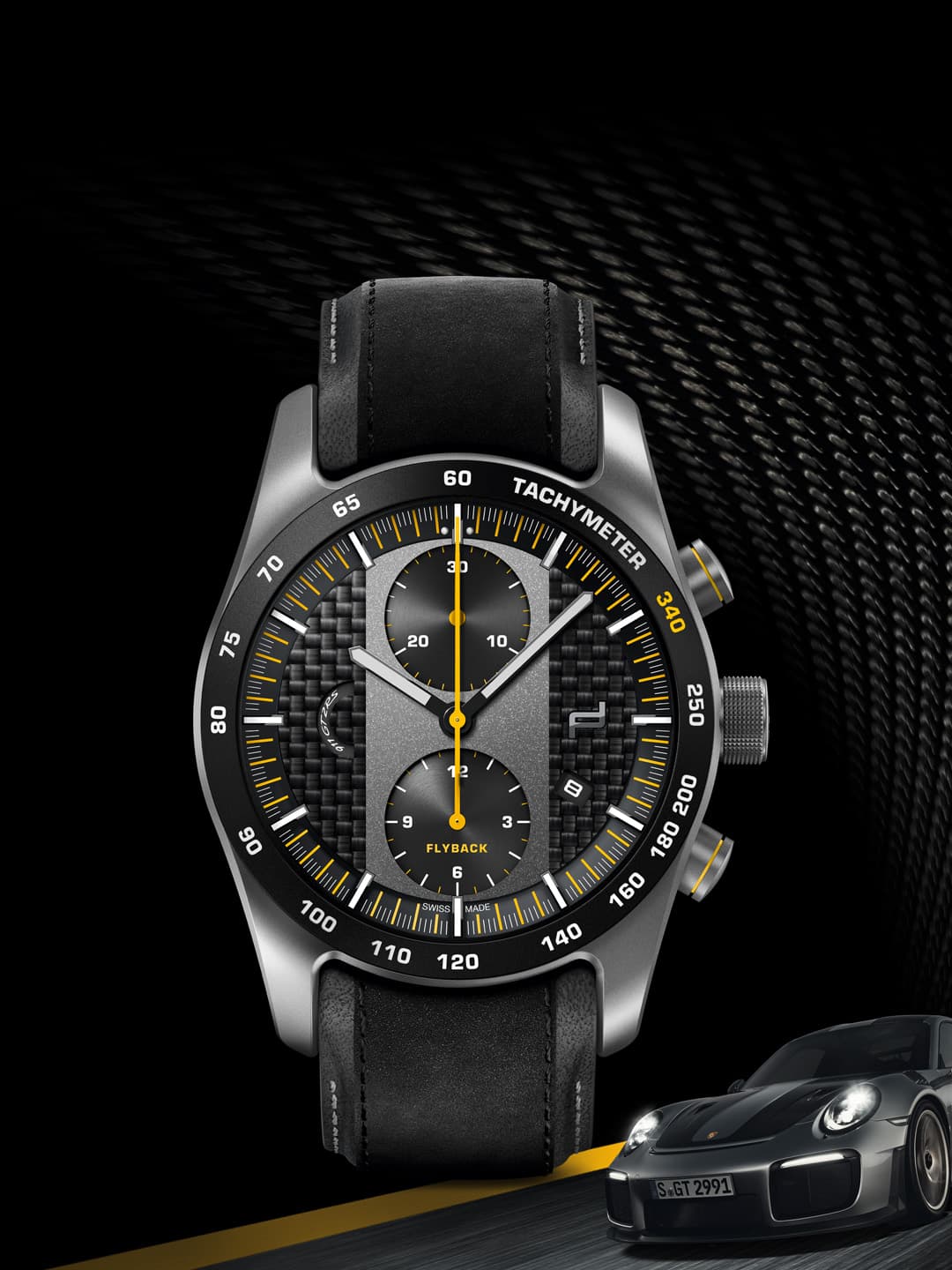
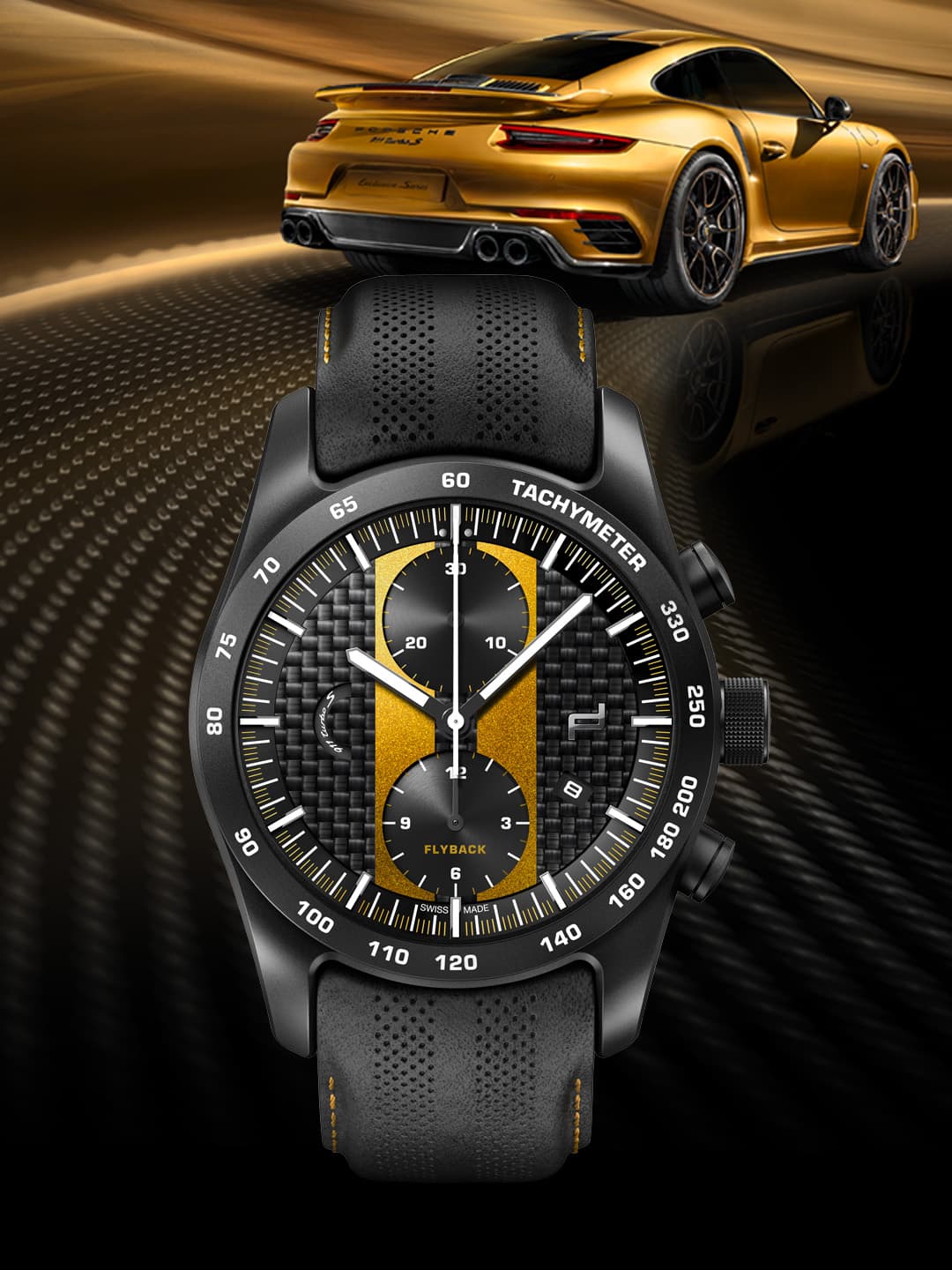
Scoprite Porsche Design Timepieces.
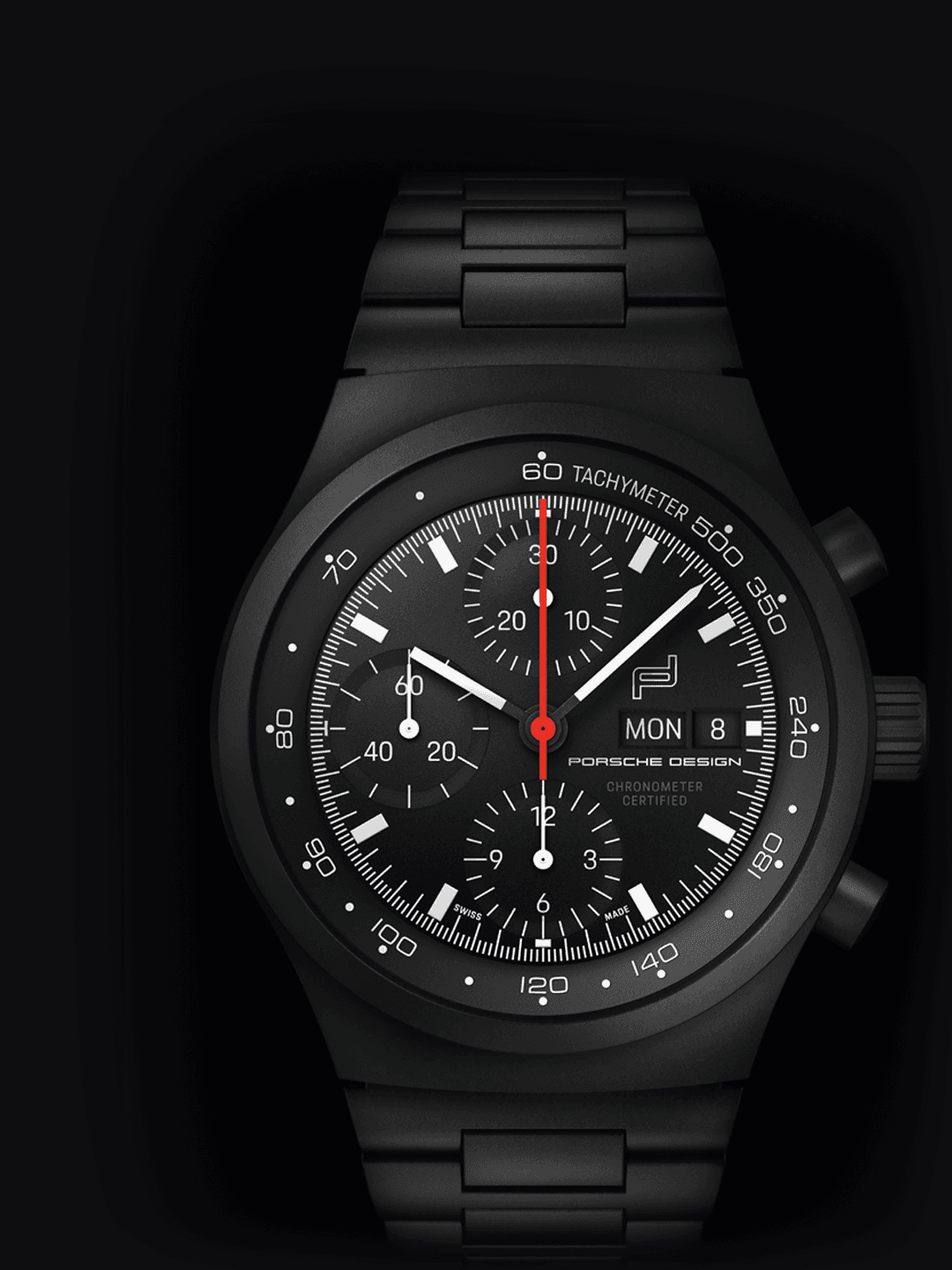
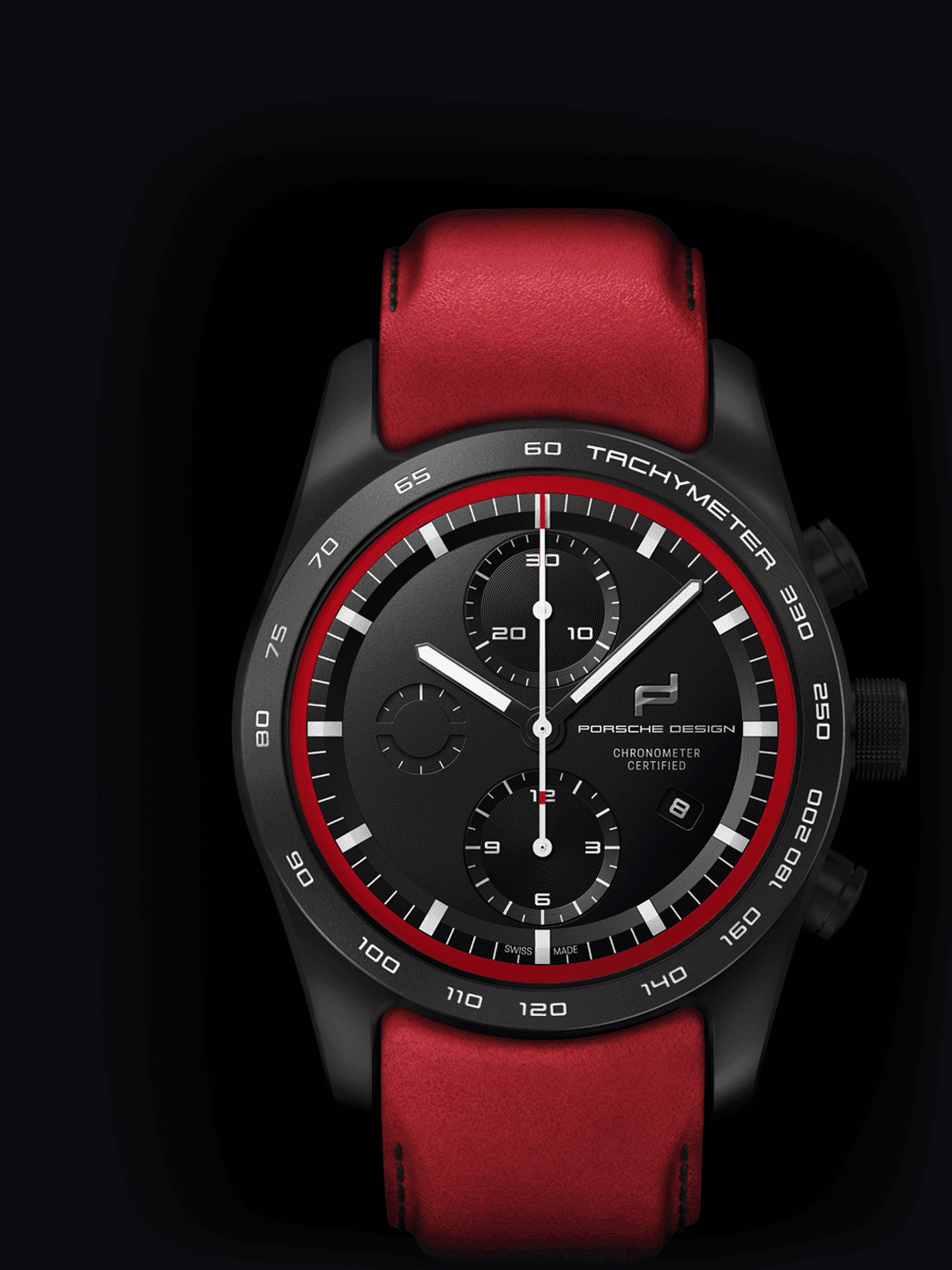
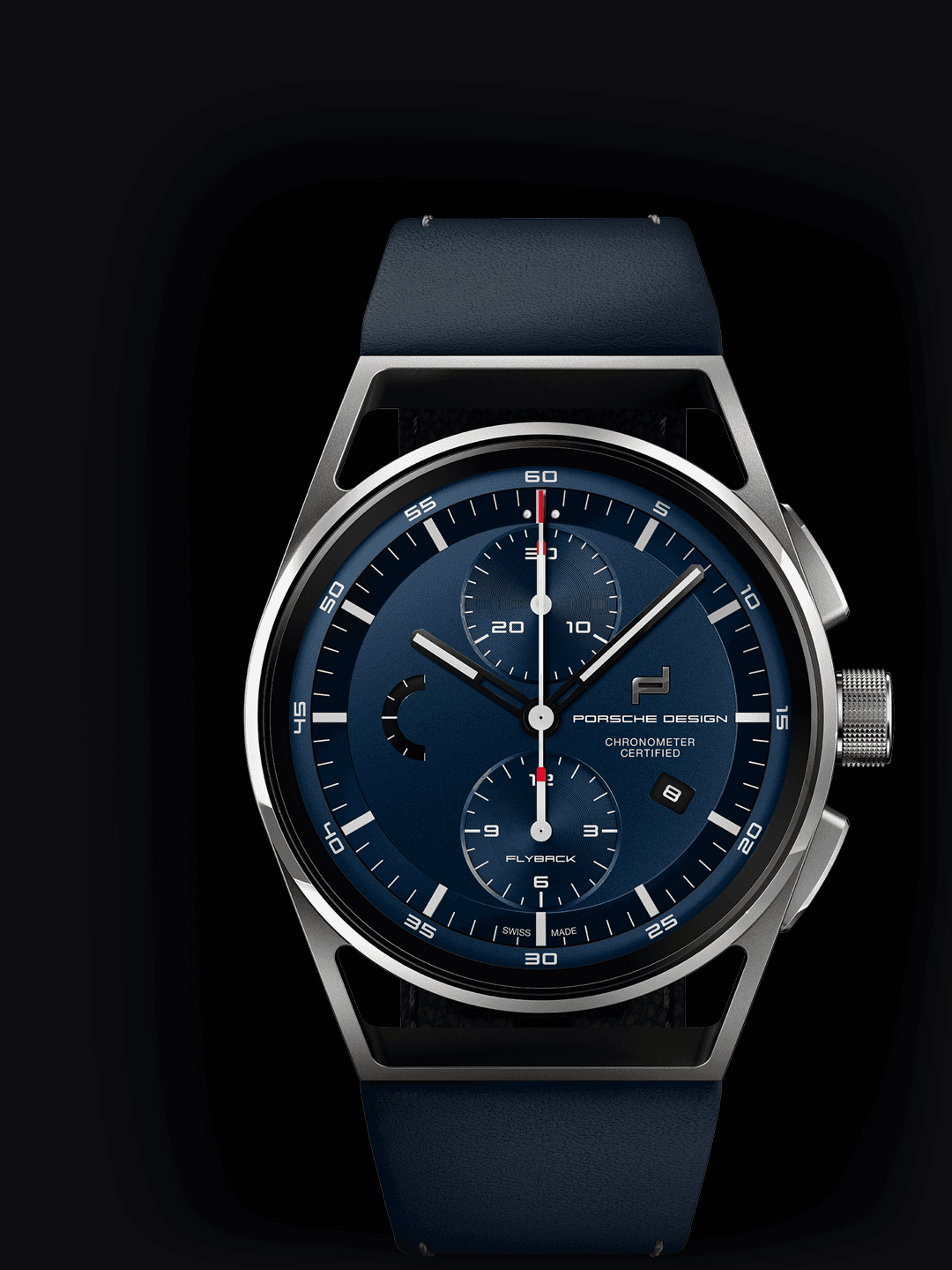

Porsche 911 Turbo S: WLTP: Consumo combinato: 11,7 – 11,5 l/100 km; Emissioni CO2 combinate: 266 – 262 g/km; Classe di efficienza: G; Stato 09/2025
Porsche 911 Spirit 70: WLTP: Consumo combinato: 10,9 – 10,7 l/100 km; Emissioni CO2 combinate: 246 – 242 g/km; Classe di efficienza: G; Stato 09/2025
Porsche 911 GT3: WLTP: Consumo combinato:13,8 – 13,7 l/100 km; CO₂-Emissionen kombiniert: 312 – 310 g/km; Classe di efficienza: G; Stato 09/2025
Porsche 911 GT3 con pacchetto Touring: WLTP: Consumo combinato: 13,8 – 13,7 l/100 km; Emissioni CO2 combinate: 312 – 310 g/km; Classe di efficienza: G; Stato 09/2025
Porsche 911 Turbo 50 Anni: WLTP: Consumo combinato:12,5 – 12,3 l/100 km; Emissioni CO2 combinate: 283 – 278 g/km; Classe di efficienza: G; Stato 09/2025
Porsche 718 Spyder RS: WLTP: Consumo combinato: 12,7 l/100 km, Emissioni CO2 combinate: 288 g/km, Classe di efficienza: G; Stato 09/2025
Porsche 911 GT3 RS: WLTP: Consumo combinato: 13,2 l/100 km; Emissioni CO2 combinate: 299 g/km; Classe di efficienza: G; Stato 09/2025
Porsche 718 Cayman GT4 RS: WLTP: Consumo combinato: 13,0 l/100 km; Emissioni CO2 combinate: 295 g/km; Classe di efficienza: G; Stato 09/2025
I valori indicati per i consumi e le emissioni sono stati determinati in conformità alle procedure di misurazione WLTP prescritte dalla legge. La procedura di prova armonizzata a livello mondiale per automobili e veicoli commerciali leggeri (Worldwide Harmonised Light Vehicle Test Procedure, WLTP) è un metodo di prova più realistico per la misurazione del consumo di carburante e delle emissioni di CO₂. I valori variano in funzione degli equipaggiamenti speciali selezionati. Ulteriori informazioni sul metodo di misura WLTP sono disponibili sul sito www.porsche.com/wltp. Il valore medio di emissioni di CO₂ di tutti i veicoli nuovi venduti in Svizzera è di 113 g/km. Valore nominale secondo il ciclo di prova WLTP: 93.6 g/km